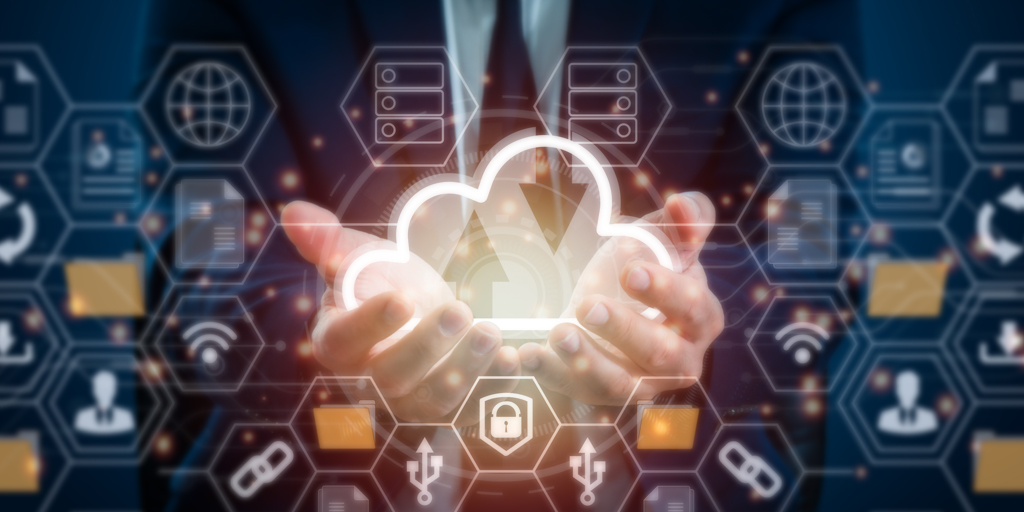Blog & Insights
Managing Traditional Channels in a Digital World

Optimize customer engagement by seamlessly managing digital and traditional channels on a single platform
We live and work in a digital world. That shouldn’t be news to anyone. So it’s no surprise that software and solution providers will tout how their offerings can help you take advantage of digital channels. But the reply from collections and recovery organizations should be… “So?”
Having a solution that helps organizations manage their digital communications is not innovative or groundbreaking anymore. Hyping that your solution takes advantage of digital channels is akin to an internet provider bragging about how they offer wireless internet. What collections and recovery organizations need is a solution that can take advantage of digital channels while still helping these organizations manage their traditional channels.
Embracing the digital shift
According to the Pew Research Center, 85% of Americans own a smartphone, a significant increase from 35% in 2011. And with a world population of 8 billion people, would you be surprised to learn that 6.9 billion people use smartphones worldwide? How about the estimates that there will be 27.1 billion networked devices in 2023?
With numbers like that, it’s no wonder businesses around the world are incorporating digital channels into their communication strategies. So much so that 77% of businesses use social media to connect with their customers. Businesses use social media to drive brand awareness and rely on it as a revenue driver.
It’s no wonder then that the social media advertising market is expected to reach $207 billion in 2023. And, with a projected 4.53% annual growth rate, the market is expected to grow to $247.30 billion by 2027.
The persistence of traditional channels
What does all this digital adoption mean for traditional channels? Organizations haven’t completely abandoned the use of paper mail or phone calls as part of their outreach. And with good reason. Statistics show that traditional channels are still an important, and effective, part of any communication strategy.
Many people still prefer to receive bills and other correspondence by paper mail, or “snail mail” as some people call it. In fact, 41% of Americans of all ages look forward to checking their mailbox each day, even if they only get bills.
Speaking of bills, one survey found that 41% of U.S. citizens aged 55 and over prefer to receive paper billing statements. Heck, even some of the younger generation prefer getting their bills in the mail. The same survey found that 18% of U.S. citizens aged 18-34 also prefer mail for regular bills.
Phone calls are also still an important part of an organization’s outreach, even if the calls now go to cell phones instead of landlines. From a sales perspective, 27% of sales reps believe making phone calls to new contacts is an extremely effective prospecting strategy. This is supported by another survey showing that companies that don’t believe in the effectiveness of cold calling experience 42% less growth than companies that do.
Someday, email, text and social media may be the only ways businesses communicate with their customers. But, for now, traditional channels are still very much in play.
Navigating both worlds
It’s not surprising that companies still have one system to manage their traditional communication and a different one that manages their digital communications. Not too long ago, companies were understandably reluctant to embrace this new digital landscape. It was still growing, and adoption levels weren’t where they are today. But the explosion of available internet access and the plethora of devices has made digital communication a necessity today.
So, companies adapted. Now, practically every company has digital capabilities. And they also have a dedicated system to manage those capabilities. But wouldn’t it be easier if you could manage your traditional and digital communications from the same system?
In an era of consolidation and efficiency, using two separate systems is inefficient and counter-productive. Companies need a flexible and configurable omnichannel platform that can enhance customer interactions.
Organizations can increase collection rates by contacting customers through their channel of choice whether by email, text, phone or letter. And employees can be more efficient by creating, executing, and tracking communications through the same system.
Using one omnichannel platform also allows organizations to create personalized customer treatment strategies. Organizations can tailor self-service journeys to specific customer circumstances. Representatives can use response data and direct customer feedback to determine the preferred channel. And an omnichannel platform can automate follow-ups and program tracking to ensure organizations act as a partner to customers throughout the entire process.
Harmony in convergence
The analog world of the past hasn’t been replaced by a new digital world. It has been enhanced by it. Many digital advancements have made our daily lives easier and even more efficient. The same can be said for many companies. Organizations needn’t eliminate previous processes in favor of digital options. Instead, combining the efficiencies of digital with the comfort of the traditional can often result in the best outcomes…for your staff and your customers.

